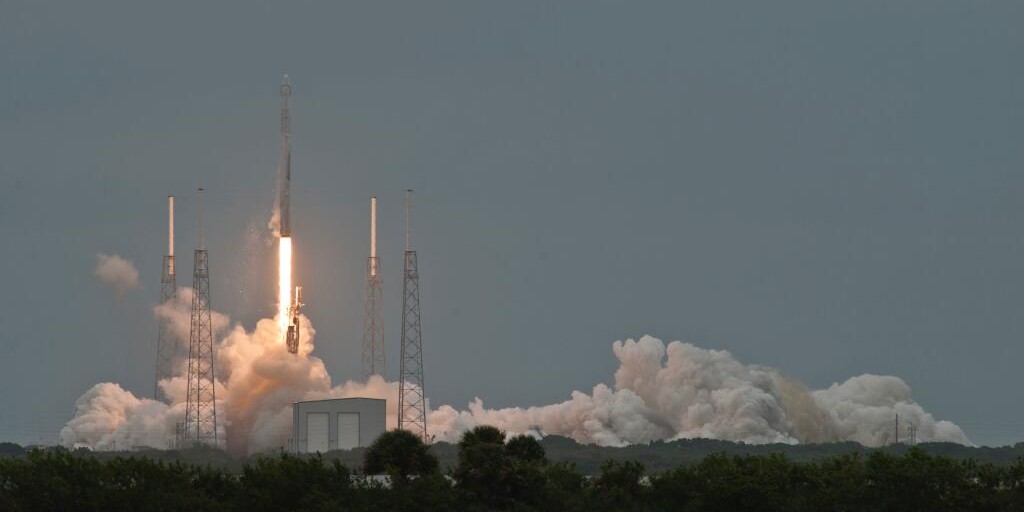Reusable rockets seem to be the future of space travel and research. We saw SpaceX create history by launching and recovering its first ever reusable rocket on Saturday. Hence we though of talking about India’s plans are in the same sector.
Apparently, the Indian Space Research Organisation had plans of launching its first reusable vehicle on December 28, 2015. But due to some technical slags, the launch was postponed to 2016. The launch then, could have been set in February 2016 but due to other scheduled launches, it was moved to April.
The vehicle that will be hurled into lower earth orbit and be brought back to the surface has been named the Reusable Launch Vehicle-Technology Demonstrator (RLV-TD) and it was developed by Thumba-based Vikram Sarabhai Space Centre (VSSC).
ISRO will complete the design in 2016. The aim is to bring back the vehicle from the orbit and test if this process is economically viable. The objective is to access space with best minimum cost possible,
ISRO Chairman A. S. Kiran Kumar had said earlier in an interview.
We still have a long way to go and have taken baby steps in this direction.
On paper, ships like the RLV-TD can bring down operation costs during a space mission to 10 percent the actual revenue.
The mission of the space shuttle from ISRO is to fly to an altitude of 70km and then execute a soft landing in the Bay of Bengal. Currently, according to the results of multiple simulations, the rocket is destined to drown to the bottom of the sea with no plans of recovery, but the space institute is working on this.
To prevent the vehicle from getting damaged (due to heat), its nose has been protected by carbon-carbon and there are about 600 heat-resistant tiles placed around the vehicle. These tiles will be able to withstand a temperature to about 1,200 degrees Celsius,
an ISRO engineer told the Times of India last year.
The mission is expected to go live by the end of July, this year. According to reports, more test flights will be conducted after this and proving their success, reusable launch vehicles will finally be used from 2025 onwards.





